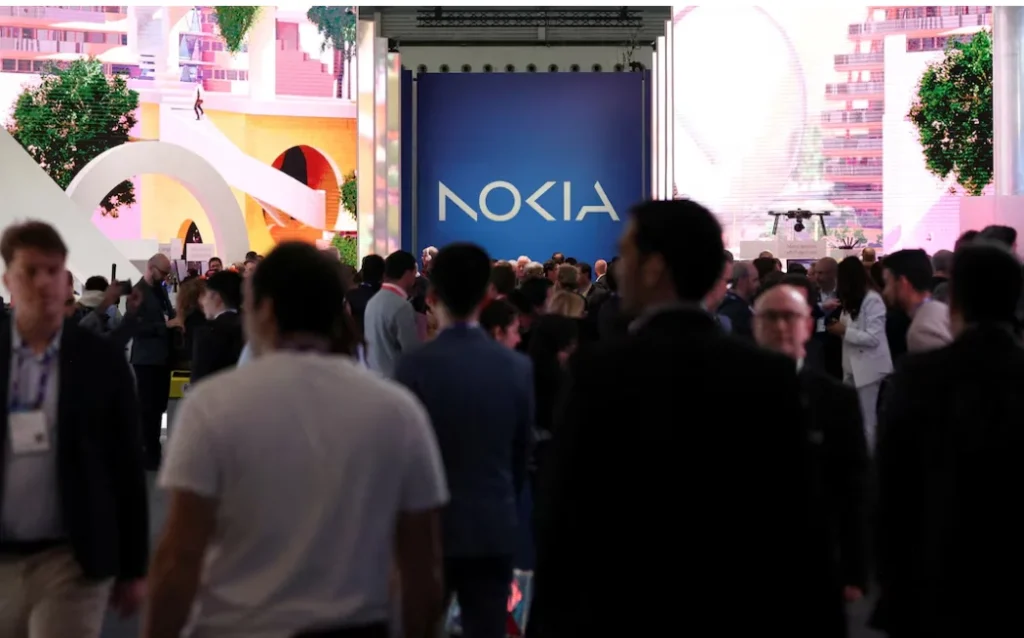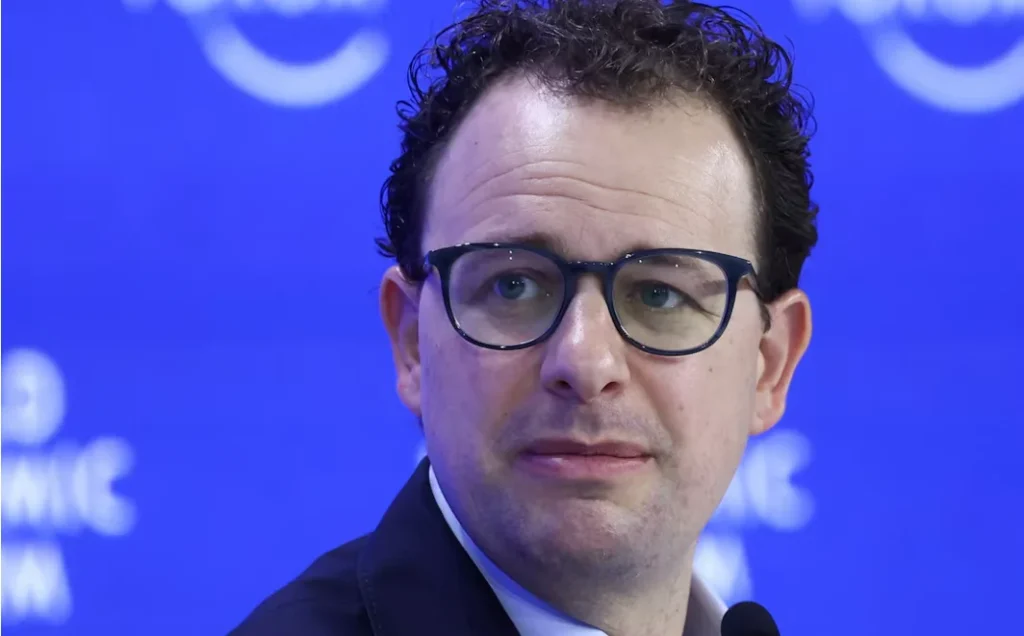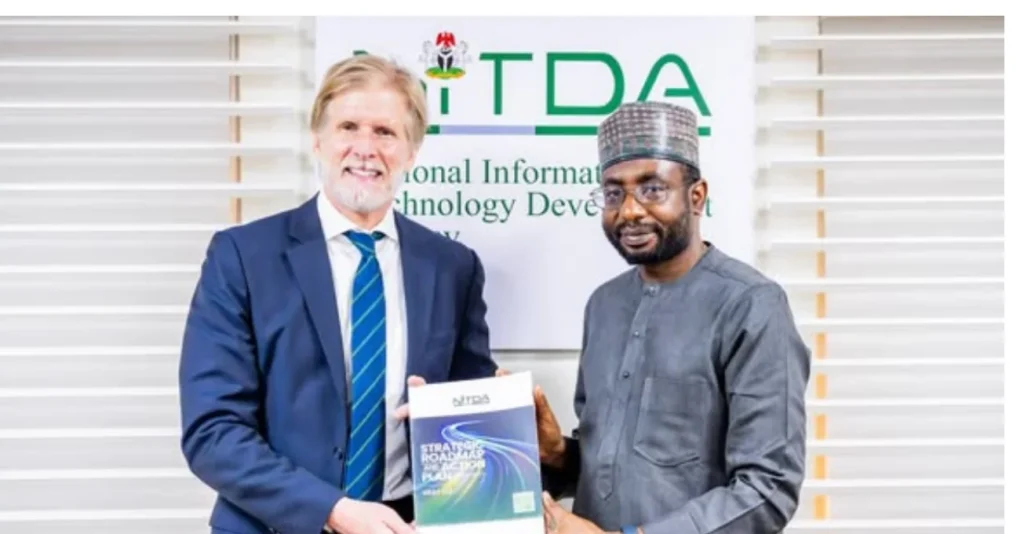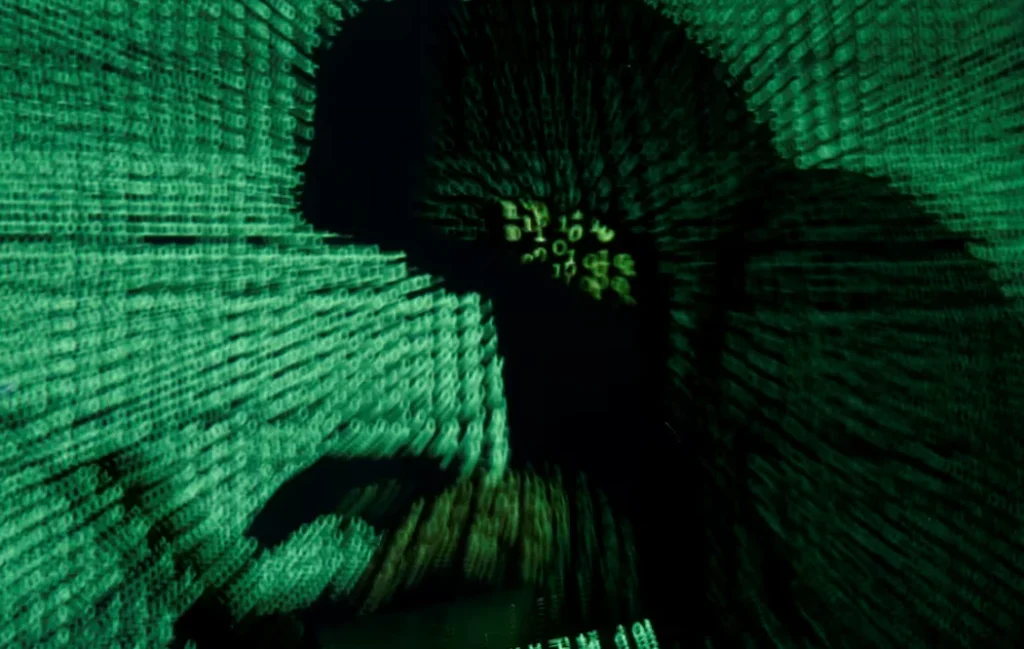Nokia and Nvidia Back EU Drone Project to Safeguard Critical Infrastructure
A powerful consortium of more than 42 organisations led by Nokia has launched a European Union-funded drone infrastructure oversight project. The initiative aims to protect and boost the resilience of Europe’s critical infrastructure, including power grids, ports, railways, and power plants, by leveraging cutting-edge drone technology.
Announced on Wednesday, the project includes contributions from major players like Nvidia, defence firms Safran, Leonardo, and Saab, as well as universities and tech start-ups. It will integrate laser and radar sensors and robotic platforms—aerial, ground, and underwater—into an advanced infrastructure monitoring system.
“Safeguarding our critical infrastructure has not always been a first priority,” said Thomas Eder, project leader at Nokia. “The EU’s awareness has significantly shifted, especially in light of drone warfare developments in recent conflicts.”
Why This Matters: Infrastructure Security in the Age of Drones
The invasion of Ukraine by Russia has highlighted Europe’s vulnerabilities in defending key infrastructure against modern threats, including long-range and autonomous drones. This project is part of a strategic push to address these gaps and modernise Europe’s civil security systems.
Funded under the EU’s Chips Joint Undertaking, a program aimed at enhancing semiconductor and tech resilience, the project also includes non-EU partners such as Israel.
Key Highlights of the Drone Infrastructure Project
- Lead Organization: Nokia
- Major Partners: Nvidia, Safran, Leonardo, Saab
- Funding: Partial funding from the EU, participating countries, and private companies
- Technologies: Laser sensors, radar, AI, aerial/ground/underwater drones
- Focus Areas: Power grids, ports, railways, and other vital civil infrastructure
- Revenue Projection: €90 million ($102.7 million) by 2035
- Project Duration: Initially scheduled to run for 3 years
Could the project serve dual-use military purposes?
Although designed for civil security, Nokia has acknowledged the potential for the project to transition into defence applications.
“It is highly possible,” said Eder. “But for the time being, this is a critical infrastructure project.”
This perspective aligns with Nokia’s evolving strategy under its new CEO, who has named defence, data centres, and AI as the company’s priority growth areas.
Nokia’s Move Into Defence and AI
As traditional telecom revenues plateau, Nokia is pivoting to expand its footprint in defence technologies and AI-enabled platforms. The company’s leadership in this EU initiative reflects a broader shift toward security innovation and digital resilience.
A New Era of Drone-Based Civil Infrastructure Monitoring
The collaboration between telecom giants, defence firms, and the European Union represents a landmark step in digital infrastructure protection. As geopolitical threats evolve, Europe is responding by fusing AI, robotics, and sensor technologies to proactively defend its most vital systems.












